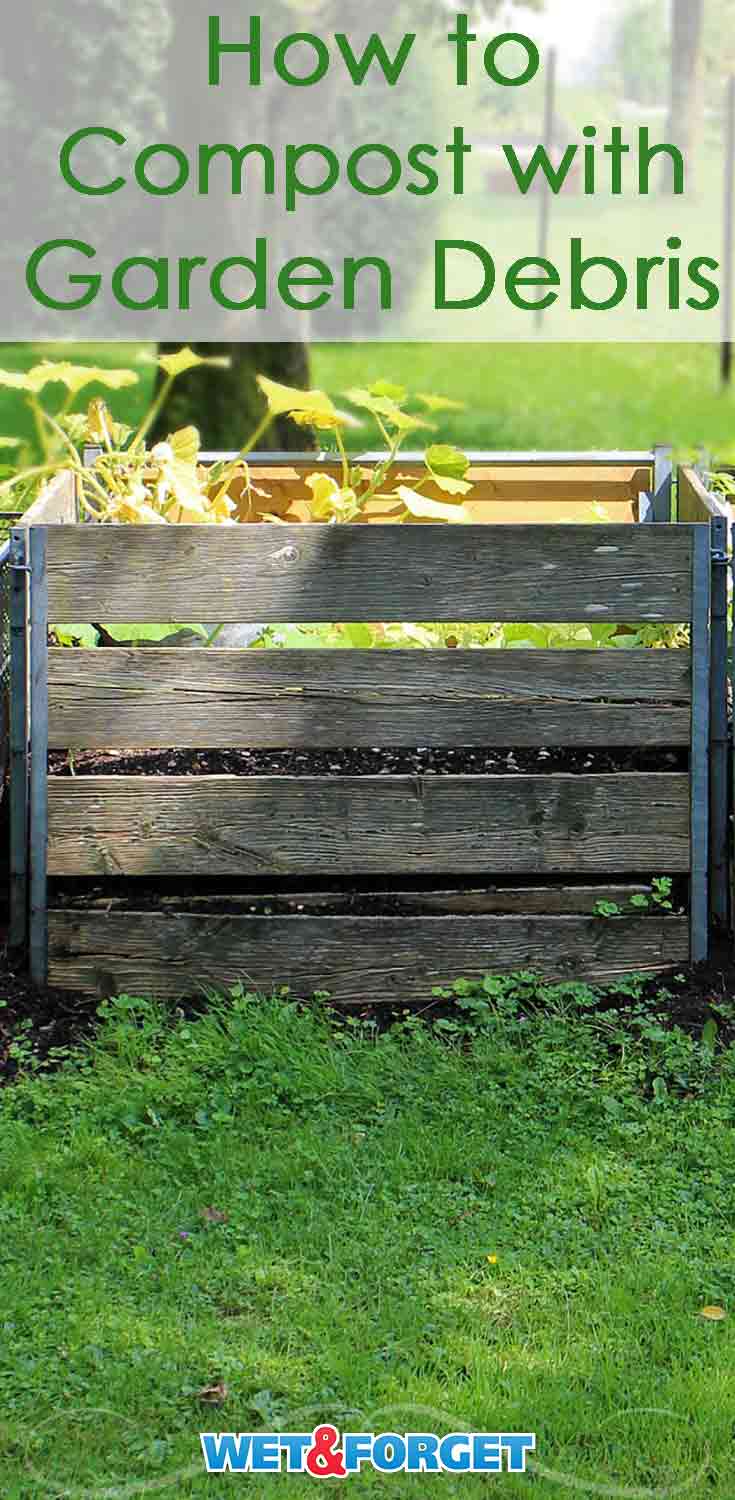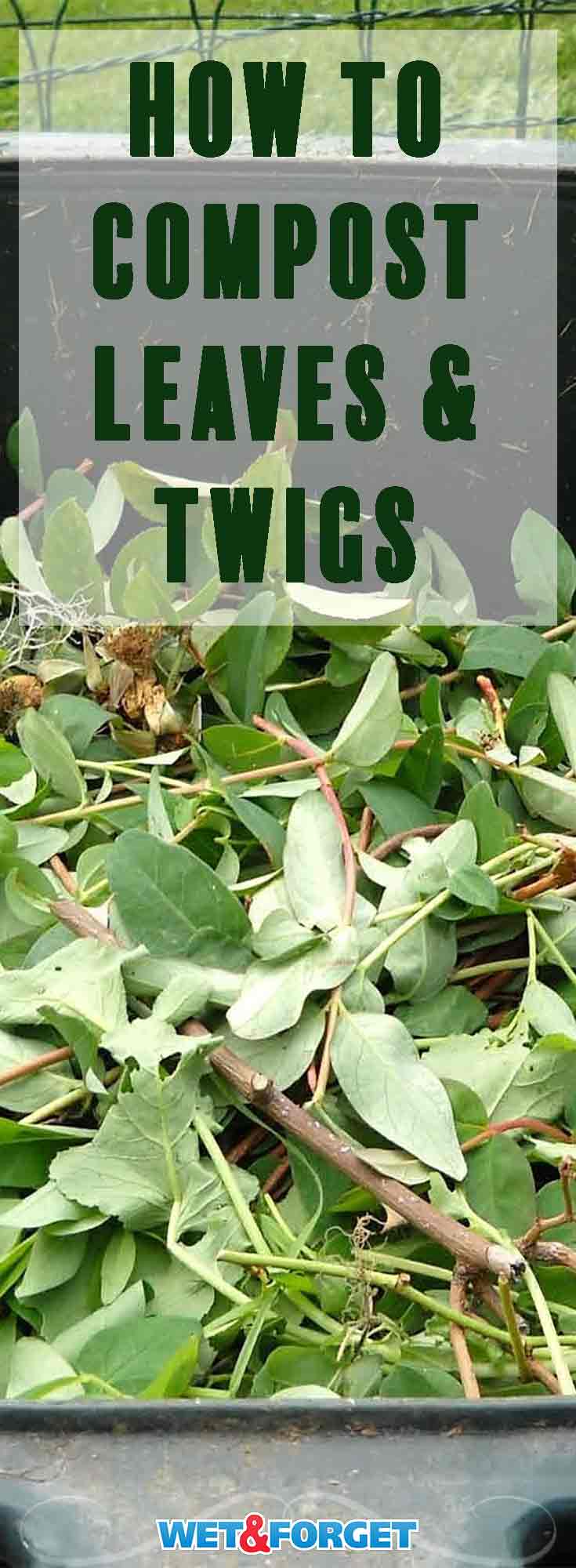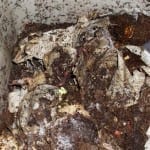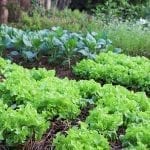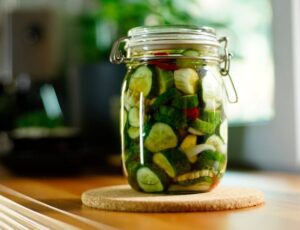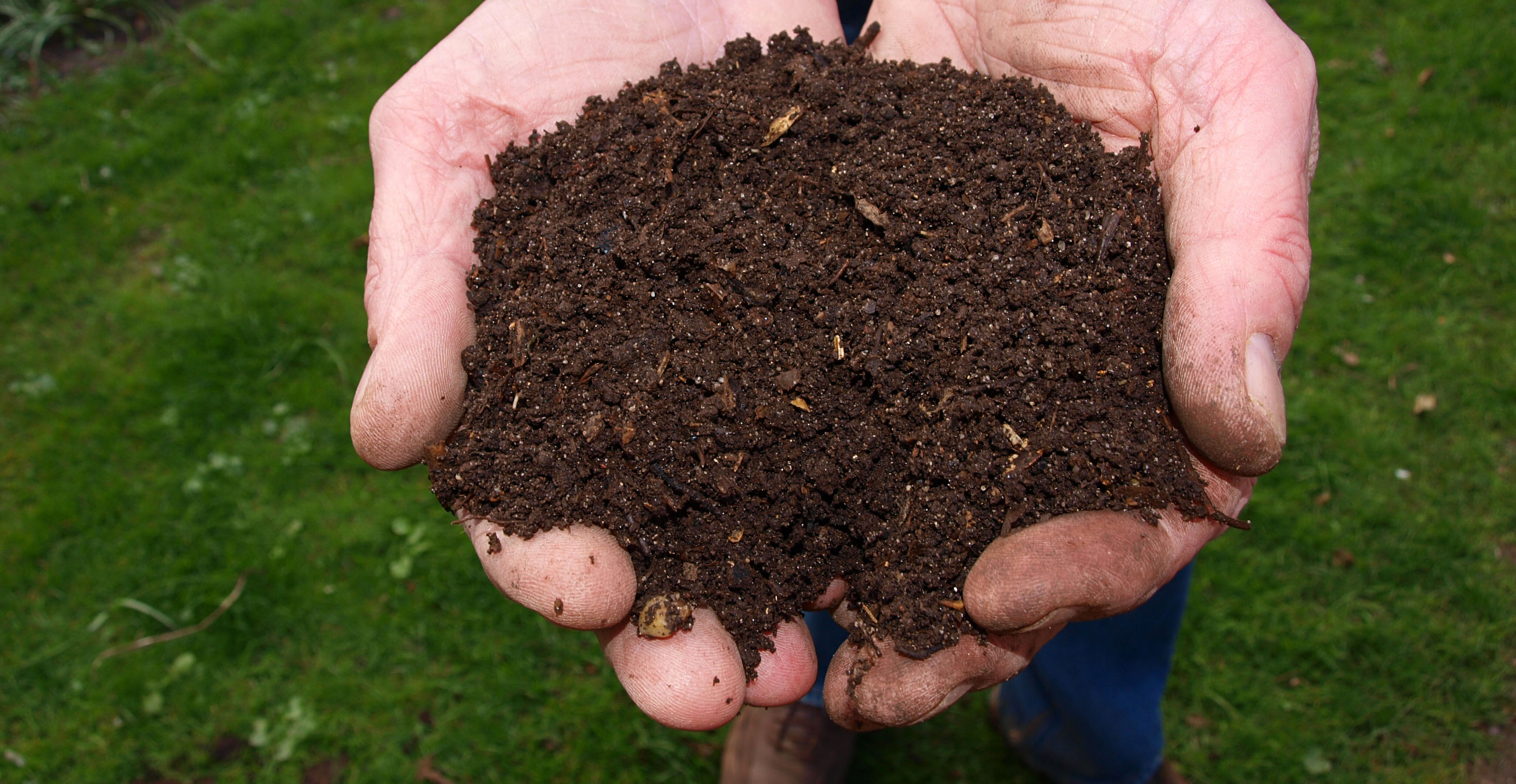
Composting Leaves and Twigs for the Newbie Gardener
If you’re new to gardening, you’ve probably heard about the mysterious process of composting leaves and twigs. Composted leaves, twigs, and kitchen scraps add vital nutrients to the garden soil.
Plus, it’s more eco-friendly than using chemical fertilizers. To make sure you have a thriving garden, read on for home composting how-tos and tips:
The benefits of compost include:
- A boost in soil fertility
- An increase in soil porosity; compost loosens compact dirt and assists with drainage
- Recycling and composting leaves keep garden debris out of landfills
- Can make a thick mulch to repel weeds
Furthermore, a proper balance of nitrogen and carbon will make sure your leaves and garden debris break down quickly. The reward is rich, earthy organic matter next spring.
Choosing a Location for Composting Leaves and Garden Debris
3-bin compost systems and compost barrels are available at garden or home improvement stores. A 3- bin system provides even composting as each bin holds the organic material at a different stage of decomposition.
The last container contains the final product, ready for use.
You can also make your own compost bins with wood pallets and hardware. Get the full tutorial here.
The least expensive way to compost is to mound leaves into a pile in a sunny, well-drained spot: Toss grass clippings, twigs, and kitchen food scraps into the pile.
Every two weeks or so, aerate the mix by turning the pile with a rake. Turning the pile helps soil microbes break down the mix. Adding a little water to help keep the mix damp.
The compost should be kept warm and moist, around 60 degrees Fahrenheit. Also, cover the mixed compost with a plastic sheet to help conceal the warmth and prevent it from becoming too wet or dry.
A healthy, balanced compost pile includes:
- Carbon (brown) ingredients- leaf litter, straw, newspaper, wood chips
- Nitrogen (green) ingredients- grass clippings, food scraps, coffee grounds, manure.
- Water
The right mix of green and brown materials (ratio of 4:1) ensures that your compost pile heats up and decomposes correctly.
Additional Tips:
- Use a lawnmower to chop up leaves before adding them to the pile. Small pieces break down faster.
- If your compost pile isn’t heating up, add more green (nitrogen).
- If your compost pile has a funny smell, add more brown (carbon).
- Be sure your pallets are safe and non-toxic. Avoid pallets that have hauled chemicals. In addition, the best place to find reliable pallets is a plant nursery or grocery store.
- Don’t put meat or dairy products in the bin. It can lead to unpleasant smells and unwanted pests.
- Don’t add perennial weeds (such as dandelions) or weeds with seed heads. You’ll risk spreading weeds throughout your garden.
- Purchase a compost activator to boost the process. It will help turn your mix into rich garden “gold” in less than half the time, usually about ten weeks.
- Lastly, add cardboard egg cartons, crumpled paper, and torn cardboard. They are adding important fiber and creating needed air pockets.
Composting leaves, twigs, and kitchen scraps enriches the garden soil, encourages beneficial bacteria, and limits the need for chemical fertilizers. And it’s simple if you follow the golden rule of three: browns, greens, and freshwater.
For more gardening hints and tips, click here.





